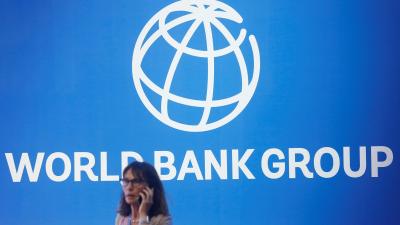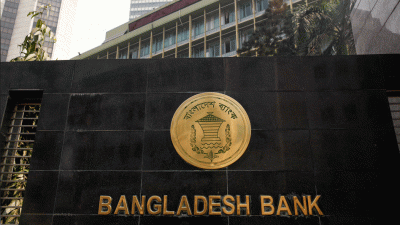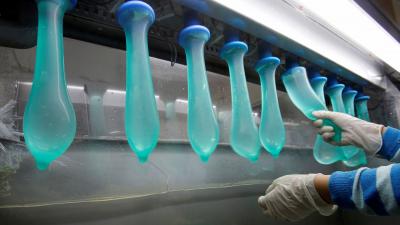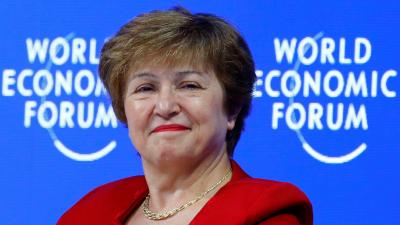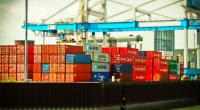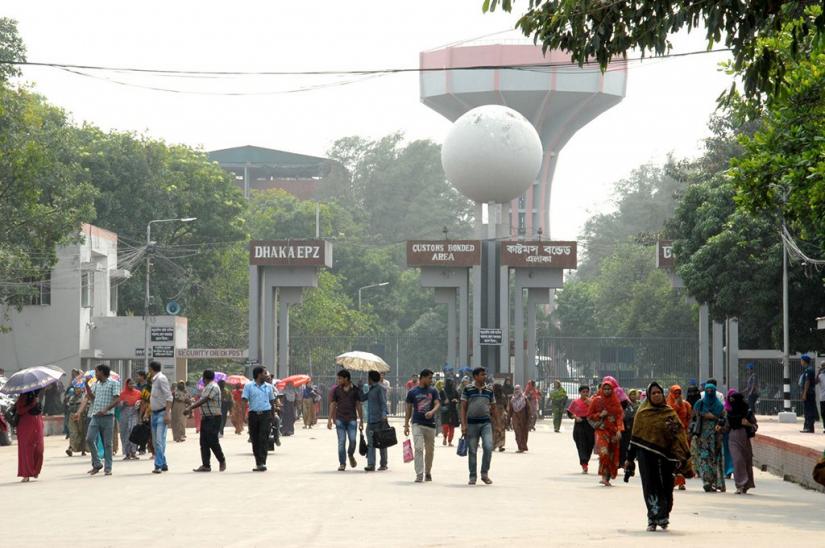 The government is not thinking about setting up new Export Processing Zones, or EPZs anymore. Instead, assessment is underway to find how existing EPZs can be linked to different economic areas.
The government is not thinking about setting up new Export Processing Zones, or EPZs anymore. Instead, assessment is underway to find how existing EPZs can be linked to different economic areas.
The government feels that to expand investment, economic areas are more important, where local and foreign businesses can co-exist.
This is because; products manufactured at EPZ factories cannot be sold at local markets. On the other hand, goods produced at economic areas can be sold at local markets and exported.
The Bangladesh Export Processing Zone Authority, BEPZA, was established to work as a catalyst for swift development and inspire foreign investment.
The primary objective of BEPZA is to establish an export processing area which will ensure favourable investment environment for foreign investors.
BEPZA was formed as per the Export Processing Zone Authority Act, 1980 and is being directed from the PM’s office.
In the beginning of the 80s, EPZ construction began in South Halishahar of Chattogram.
The EPZs are divided in three categories: A, B and C. In ‘A’ one hundred per cent investment is foreign, in ‘B’, the ratio is fifty foreign and fifty per cent local while ‘C’ features full local investment.
The eight EPZs are: Chattogram, Dhaka (Savar), Adamjee, Cumilla, Ishwardi, Mongla Uttara in Nifamari and Karnaphuli (Korean) EPZ. The work for two more EPZs are ongoing. One is in Munshiganj, which is Meghna EPZ, and the other is the Feni EPZ.
The only agro based EPZ is Uttara EPZ in Nilfamari.
The first EPZ is the Chattogram based one and it was built in Halishahahr in 1983. Over 453 acres, this area has 501 industrial plots with an investment of $ 21 thousand 327. 91million.
The Dhaka EPZ was built in 1987 over 356.22 acres with 451 industrial plots with an investment of $ 17 thousand 941.60 million.
Mongla EPZ is the third and was constructed in 1998 over 255.41 acres with 190 industrial plots and a total investment of $ 350.29 million.
Former president of Bangladesh Garment Manufacturers’ and Exporters Association, BGMEA, Abdus Salam Murshedy, adds: “those of us who want to invest are interested in economic areas because the manufactured items can also be sold at local markets.”
Therefore, if economic areas are attached to EPZs then it will be a practical and a pro-business move.
MD of BEPZA, Nazma Binte Alamgir, said: “the government won’t give permission for the construction of new EPZs but the existing ones may be linked to economic zones.”
The government has already attached the biggest EPZ in Chattogram to an economic area though the issue has not been finalised as yet.
Industries minister, Nurul Majid Mahmud Humayun, observes: “the government is not interested in EPZs since their products cannot be sold in the local markets. In case of economic areas, export plus local sale are possible.”
Industry owners who invest in economic areas will be able to take their total profit to their own country, added the minister.

